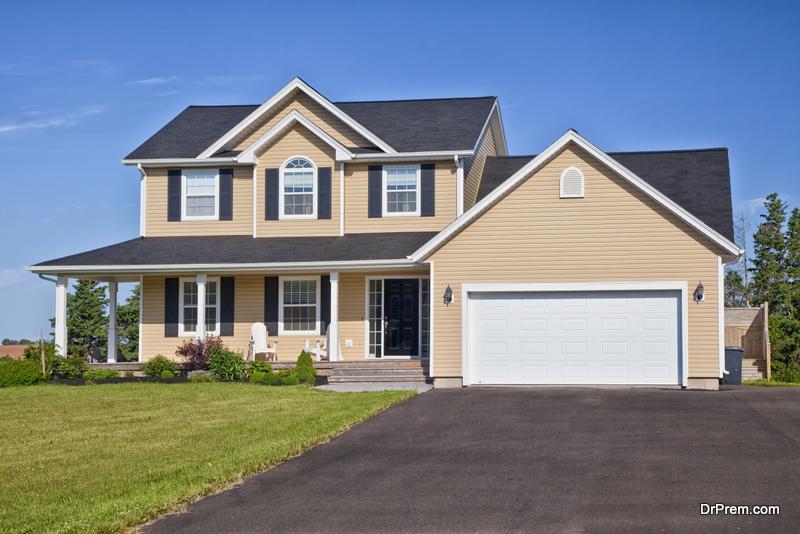If you are contemplating getting a driveway added to your house, or you are looking to replace your old driveway, there are certain things you will need to consider.
Getting a driveway that meets your needs and that works well in any weather is important. So, here are three things that you should think about when designing your driveway.
1. What Type of Driveway Materials to Use
Thinking carefully about what type of materials to use on your driveway is an important process. You need to assess what the driveway will be used for, as well as how the weather may affect its use.
One type of material that is becoming more popular is resin bound surfacing. This involves the use of a resin compound that is applied to the area where your driveway will be. There are many benefits to using this type of surface, including having a porous surface so that water can drain easily. It is also anti-slip, which helps to make it safe in bad weather, and it is low maintenance.
Another popular material to use is block paving. These are small blocks that are laid into a pattern. You will see this type of outdoor flooring in many places, including shopping centres and on people’s driveways.
The only issues with block paving are that you can still get weeds growing in between the bricks, and they can sometimes sink in certain places with the weight of a car or other heavy items on top of them.
Tarmac is another easy-to-use solution, because it can be spread quickly and isn’t as time-consuming as block paving. However, this type of flooring can become slippery in certain conditions.
2. What Will The Driveway Be Used For?
Your second consideration ought to be what the driveway will be used for, and the number of cars you expect to use it. Apart from your own cars, will there be any others from friends or family that will use the driveway? And how much of your front garden do you want to use for the new driveway? Some people want to use the whole area, while others also want a small garden.
When you are talking to the company who will be carrying out the work, they will create a plan for you. It is at this stage that you will be able to see what area you want covered, and how many cars you will be able to fit in the space.
You also need to consider access to the driveway. There is no minimum width for a driveway, but you need to ensure the entrance is wide enough for more than one car to enter the driveway. If you have a big enough space, you can have an entrance and an exit so that cars don’t need to turn around.
It is also important to consider a possible site for an electric vehicle to charge while on the drive. This would ideally mean a space near the wall of the house where the charger will be fitted.
3. Planning Permission and Drainage
In the case of many driveways, it won’t be necessary to get planning permission from the local council. However, the exact situation can be liable to change over time, so it is always best to check the latest rules just in case.
Often, the only part of the driveway that may need planning permission is the drainage. If you want the rain runoff to go into the existing drainage systems, then you will likely need planning permission. However, if you are going to use soak-aways under the drive, then this can be done without planning permission.
A soak-away is a plastic crate or box that the rainwater collects in under the driveway. This water can then sink into the surrounding soil slowly. Most driveways use soak-aways for their drainage.
Ideally, you will want the driveway to slope away from the house so that no water runs or stands against the house. There will then be drains and soak-aways at the end to catch rainwater. However, if you need to have the drive sloping towards the house, you will need sufficient drainage to stop rain collecting.
When you are planning your driveway, all of this will be taken into account by the company you have chosen.
Conclusion
Having a driveway laid at your home can be a big undertaking. There are a number of things that you will need to consider before you start the work. Choosing the right materials for your needs is essential, along with the requirements for drainage and any permissions that you may require.
However, when you get all of these elements right, the end result – in the form of a stunning-looking, durable, and long-lasting driveway – can help make all the hard work worthwhile.
Article Submitted By Community Writer




